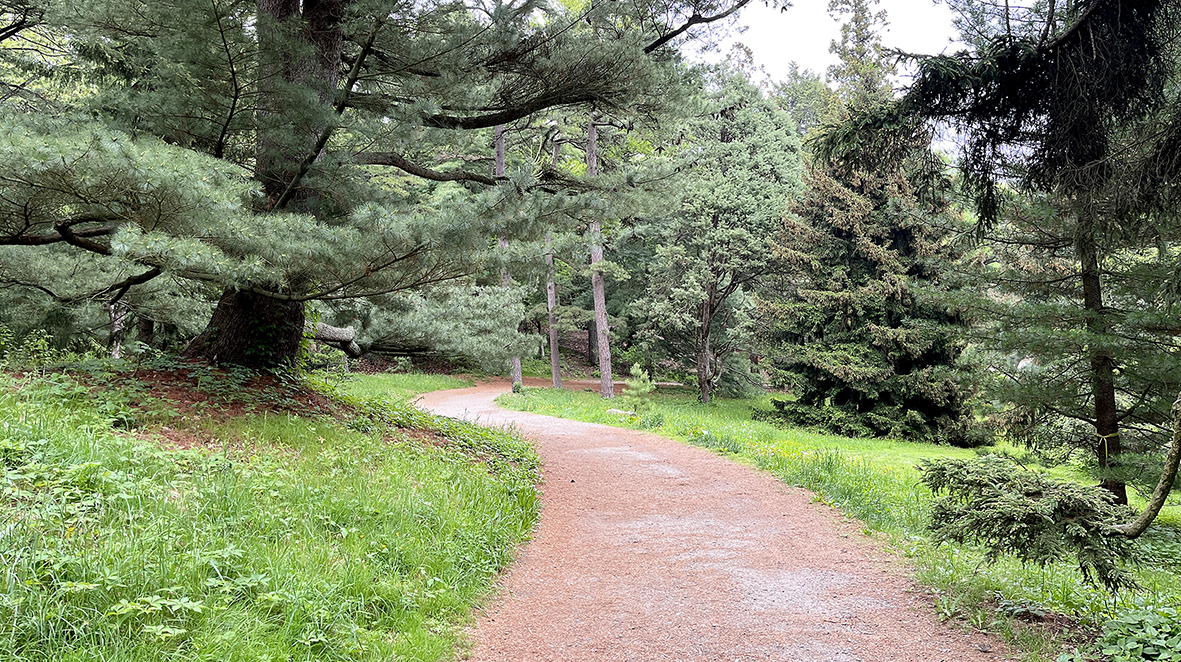
For almost 25 years, my career has exclusively centered in the design space. Through my work, I have led design higher education, brought social science and anthropology research closer to design practice and academia, and contributed with a more expansive way to approach information design. The three books I have authored and co-authored and multiple papers I have published synthesize these contributions.
Lately my focus has broadened beyond design.
This is not starting over. This is a New Chapter.
As AI seems to dominate in many aspects of life and universities rush to integrate related skills into the core curriculum, people of all ages are more unhappy and less confident, feel lonelier, and have lost their ability to dream and imagine what a radically different world would look like. This is not a new phenomenon. While exacerbated by COVID, technology, and social media, it has been part of society for much longer.
In the last decade, I have observed these feelings grow louder and increasingly intensified. Witnessing this negative change firsthand motivated me to channel my skills to support people’s emotional well-being.
What started as a curiosity has become my mission: help individuals feel empower to imagine their dream life and become life-long learners, building the foundation for a more creative, healthier society. My recent work has shed light on the impact that challenging the world and imagining a new reality has on people’s mindset, emotions, behaviors, and everyday life. Inspired by these positive learnings, I am shifting my focus away from the creation of design interventions and towards using my information design experience to synthesize knowledge from multiple disciplines to help individuals and society at deeper level.
My current work sits at the intersection of imagination and positive emotional well-being, empowering people to embark in a journey of inner discovery:
(1) Exploring the link between imagination and emotional well-being. I study the philosophy, psychology, cognitive-neuroscience, and applications of imagination to help people re-learn to imagine and nurture everyday creativity. I investigate how the practice of these skills affects people’s happiness, optimism, confidence, and self-worth as well as their personal mental blocks.
(2) Designing positive interventions to empower people to dream and be happier. Building on more than a decade of teaching to multiple populations and contexts, I have developed scientific-led pedagogical interventions to help people build the foundation for an imaginative life. These tools combine skills from positive psychology, mindfulness, metacognition, and creative problem solving. Through sustained practice, people can deepen self-awareness, understand their needs, and identify what works for them.
(3) TRAIN-THE-TRAINER: Equipping educators and teams with the knowledge and skills to empower others. I developed an interdisciplinary imagination curriculum with evidence-based positive interventions for helping people of all ages feel happier, confidently lead their life, and follow their dreams. You will learn about common myths and assumptions about imagination and creativity; the science behind these concepts; mental blocks that get in the way of visioning and embracing who you are; and behaviors, feelings, and practices that lead to imagination and positive emotional well-being. By the end, you will learn a set of strategies and tools to share with your colleagues at work or your students in the classroom to help them become more imaginative and develop stronger self-worth.
For those who have embraced this journey, it has been a transformative experience.
You must be logged in to post a comment.